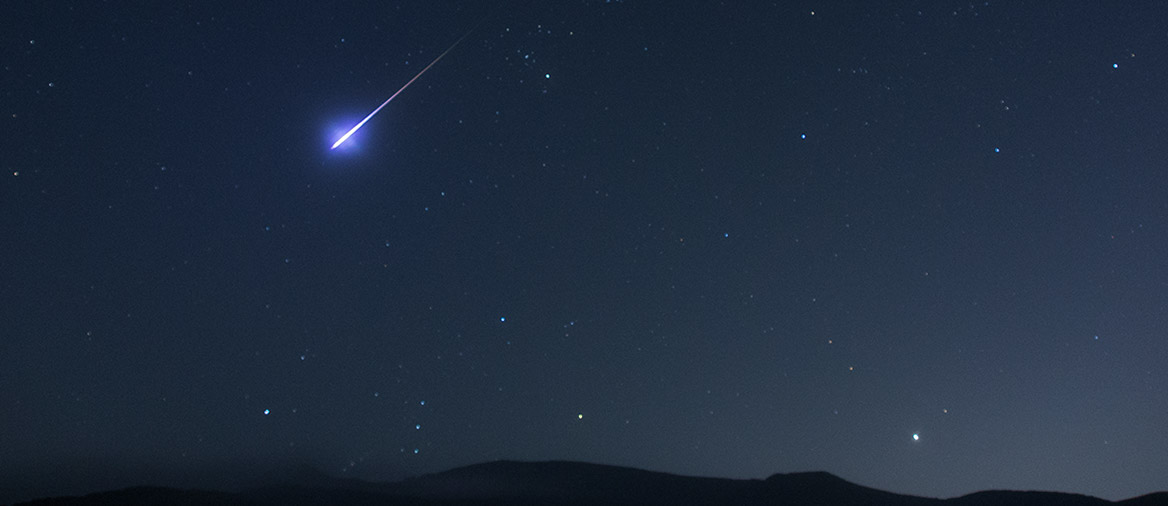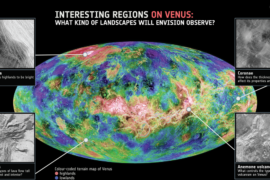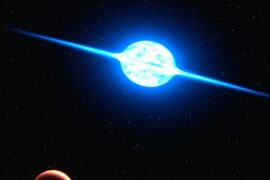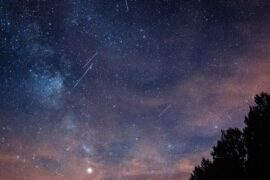Meteors, meteorites, asteroids, shooting stars, comets, meteoroids. There are so many words to describe what frankly seems to be the same thing: “pieces of rock or metal moving through space”. So what’s the difference and what’s with all the names? Let’s focus on two of them for this article. Meteors and shooting stars.
The difference between a meteor and a shooting star is that shooting stars are meteors that are visible from Earth’s surface as they burn up in the mesosphere. In short, all shooting stars are meteors, but not all meteors are shooting stars.
The other difference between these words is that meteor is a scientific term while shooting star is only used colloquially.
But if you still have questions, let’s delve deeper into the definitions.
What is a meteor?

A meteor is an object that comes from outer space and has entered Earth’s atmosphere. Meteors can be made out of rock or metal and come in all kinds of shapes and sizes.
The average meteor weighs only between 128 and 256 grams (0.28 to 0.56 pounds). The smallest meteors can weigh even less than 1 gram and the heaviest ones that have been registered had an estimated mass of 4.4 tons.
Millions of meteors enter Earth every single day, but most of them are only a few millimeters in diameter and evaporate almost immediately when they enter the mesosphere (the third layer of the atmosphere).
A meteor is only called that once it enters the atmosphere. Before that, as it is traveling through outer space it is called a meteoroid. If a meteor survives the trip through the atmosphere and reaches the surface of the planet, it is now called a meteorite.
Meteor showers
Meteor showers occur when a high number of meteors show up at the same time. Usually, they are caused by debris left by comets in certain areas of space. This is why some meteor showers have very predictable schedules and occur on the same date every year as Earth passes through those specific areas in its orbit.
The most recognizable meteor showers are named after the constellation that is in the sky in the area they appear every year at. For example, some of the most visually impressive meteor showers are the Perseids, Tauris, and Leonids.
However, these meteor showers don’t have anything to do with the constellations they are named after other than sharing the same position in the sky. They happen right here on Earth’s atmosphere while the stars are many light-years away.
The following video shows a timelapse of the 2015 Perseids meteor shower shot from different locations. At that speed, some of the streaks of light that you see in the video are planes, but it should give you an idea of what you can expect when looking at a meteor shower from a location with low light pollution.
What is a shooting star?
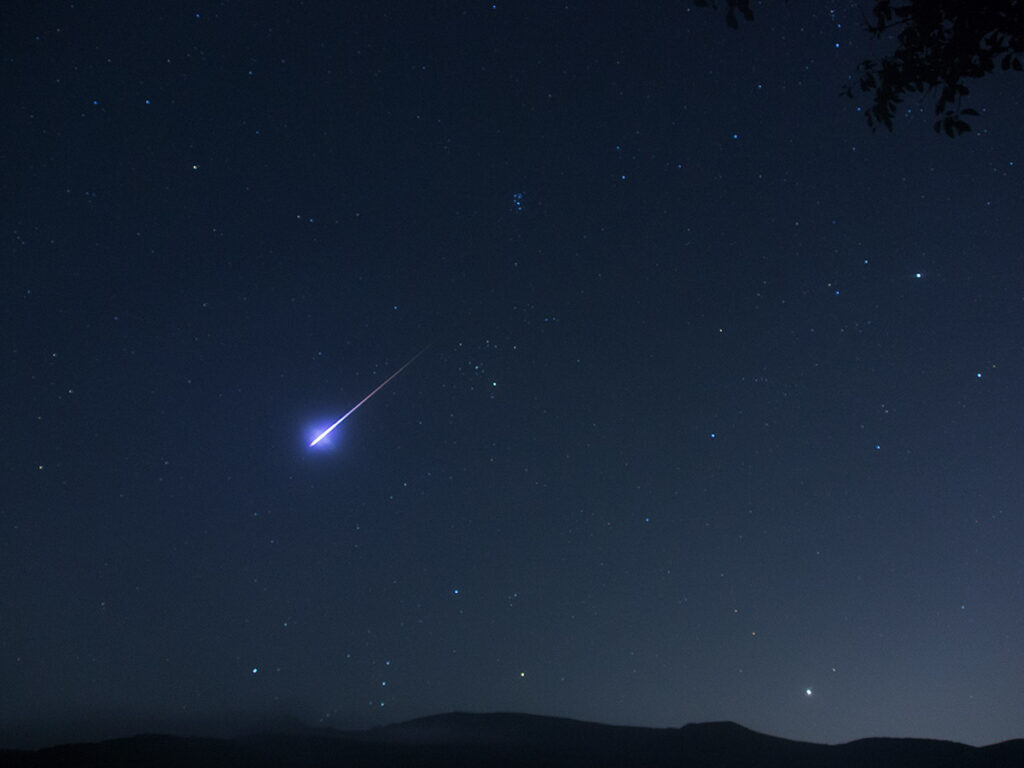
A shooting star is a meteor that can be seen from Earth as it burns up in the atmosphere. At night, they look like a passing streak of light in the night sky and the bigger ones look like fireballs. They are also often referred to as “falling stars”.
The term shooting star has no scientific meaning or definition. It is only used colloquially to refer to these meteors that sometimes light up the sky.
Shooting stars become visible when they are approximately 250,000 to 390,000 ft (75-120 km) above Earth. Most of them fully evaporate at 160,000 to 310,000 ft (50-90 km) so they are only visible for 1 to 5 seconds.
Shooting stars can be visible with the naked eye, however, your location is going to be important to determine how bright they’ll need to be for you to be able to catch them. Light pollution in the city dims all the stars in the sky as well as any meteor shower. To catch multiple shooting stars just by looking up without the help of a telescope, a place with low light pollution away from the city lights is ideal.
Summary
- Meteors and shooting stars are the same things.
- The only difference is that not every meteor that enters Earth’s atmosphere can be seen as a shooting star from Earth.
- The same objects are called meteoroids while they are still in space, and meteorites if they landed on Earth.
Enjoyed this article?
Get daily 10-minute PDFs about astronomy to read before bed!
Sign up for our upcoming micro-learning service where you will learn something new about space and beyond every day while winding down.

